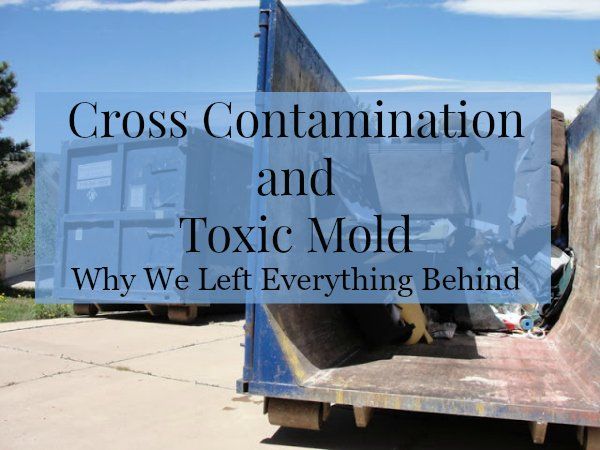Cross contamination is an important concept because people who have been exposed to toxic mold can cross-contaminate their homes. This can occur if you take contaminated personal items from one house to another or if you carry the contaminants on your hair and body from contaminated buildings.
Due to the size and weight of fungi particulates, air currents and vibrations, these contaminants are spread quite easily throughout the structure. In addition to attaching itself to clothing, hair and skin (from normal daily activities), the fungal matter can be transported onto every surface. This includes furniture, electronics, clothing and other household material possessions.
Computers especially get contaminated as their cooling fans pull in the spores and toxins.
Vacuuming without a HEPA filter also spreads the contaminants, because the spores are spread through the air.
Another source of cross contamination occurs when mold remediation is done incorrectly. Quite often, industry guidelines for mold remediation are not followed. In addition, some "so-called mold remediators" will spread the contamination by blowing the contaminants throughout the structure and the HVAC system by using fans and not following the proper containment procedures.
A key issue that is often overlooked in these situations are the nano particulates. These contain 1, 3-Beta-D-glucans, fungal antigens and mycotoxins. They can usually be found during tests of the HVAC system and the ventilation ducts.
Dr. Jack Thrasher, PhD toxicologist, states:
The toxins produced by mold are basically free radicals, i.e. they have reactive oxygen radicals that bind to fabrics and can be released with time. Also, not only Stachybotrys, but other dangerous molds release fine particles as well as larger particles, e.g. spores. The fine particles (less than 1 micron) permeate fabrics and are not readily removed. In addition, the mold spores bind to fabrics and can lead to cross-contamination of the new environment.
The following statement is from a 2009 study titled "Size-fractionated (1→3)-β-D-glucan concentrations aerosolized from different moldy building materials" presented in the publication Science of the Total Environment.
The present study indicates that long-term mold damage in buildings may increase the contribution of submicrometer-sized fungal fragments to the overall mold exposure. The health impact of these particles may be even greater than that of spores, considering the strong association between numbers of fine particles and adverse health effects reported in other studies (Gold et al, 2000; Magari et al, 2001, 2002; Pekkanen et al, 2002).
Of those individuals who have gone on a mold avoidance sabbatical, the vast majority (80-90%) have reported that their own home and belongings were peculiarly problematic for them upon re-exposure.
Specifically, a very high percentage have reported being much more negatively affected by just the cross-contamination of their belongings than by the vast majority of buildings they have subsequently visited.
In addition, almost all of these individuals have reported that it has been extremely difficult or impossible to clean these particularly affected items to the point where they did not prompt a reaction, regardless of what cleaning methods they tried.
Clothing and plastic items have been frequently reported by these mold avoiders as having been impossible to remediate to their satisfaction.
Metal, glass and ceramic items seem to have somewhat higher of a success rate, but in some cases these have been reported as being non-reclaimable as well.

